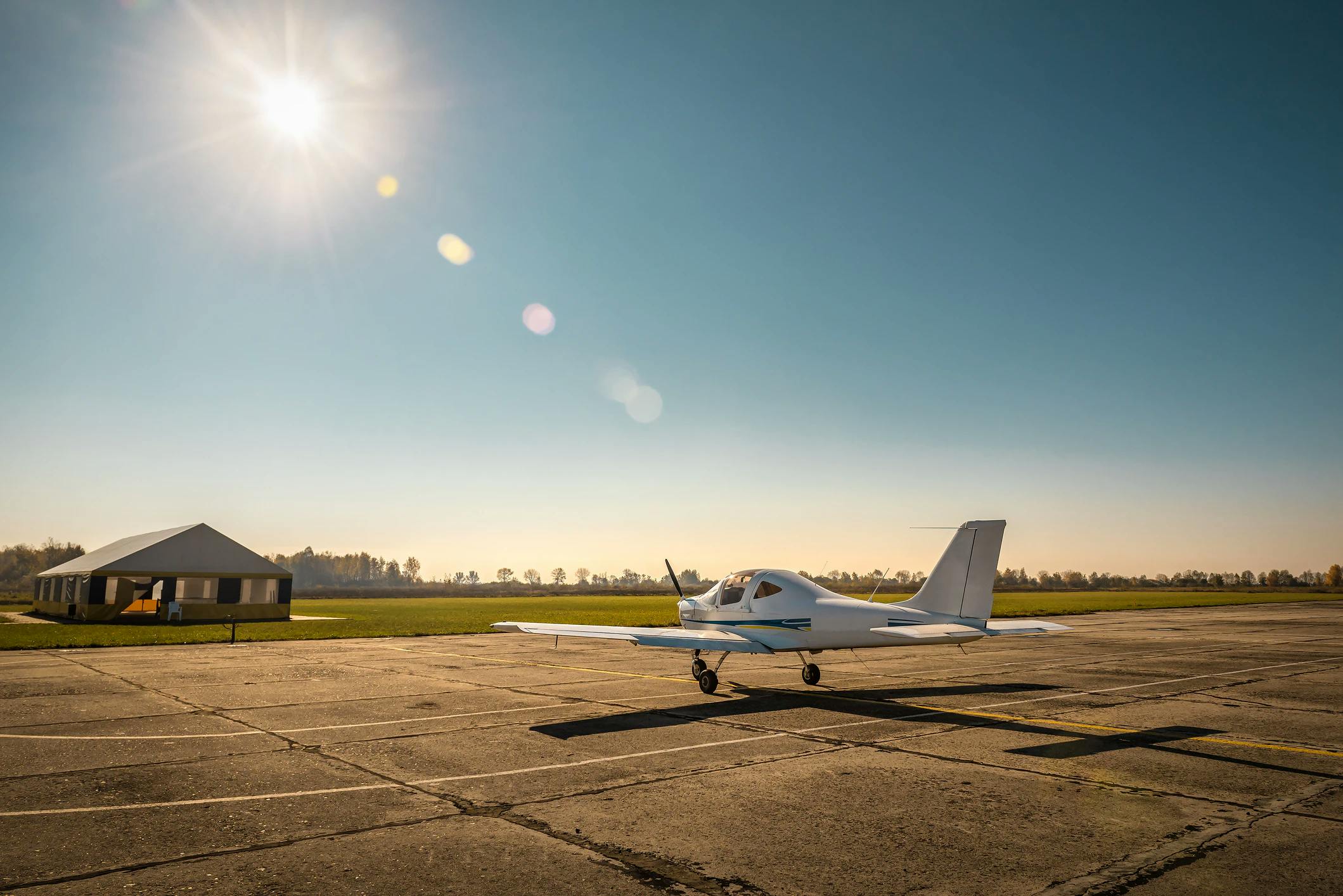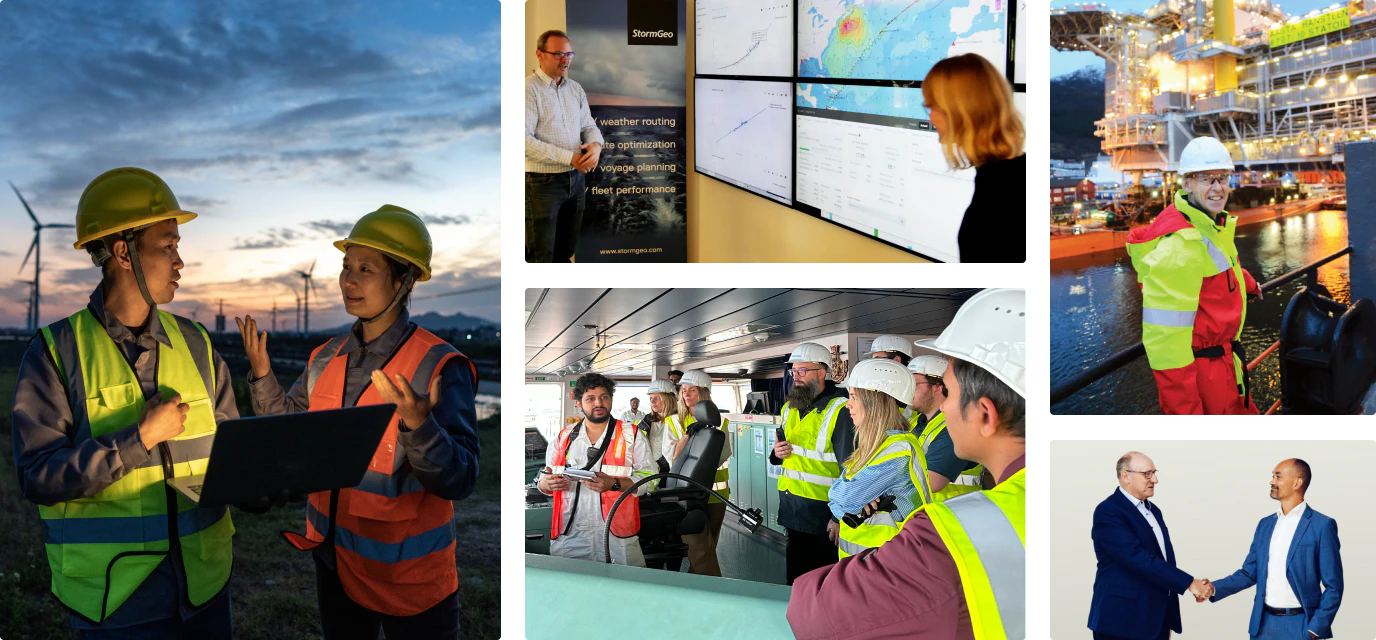Contact us
Reach out to us and a representative from one of our 26 worldwide office locations will contact you shortly.
Please login to your designated client portal:
We provide you the training to produce unofficial meteorological reports to the standards set out in CAP 746 for BMO and to meet the CAA requirement.
We are a Civil Aviation Authority-approved Airport Meteorological Observer training provider.

Key benefits
15+ years of experience training observers ensures you are learning from top industry experts. Quality training enables safe and efficient operations.
The two-day BMO course is designed for met observers at airports that are not certified as a MET Navigation Service Providers and have instrument approach procedures without an instrument runway and/or approach control.
The course includes the following:
Monitor assets against diverse weather hazards with color-coded alerts.
Monitor wave motions to safeguard operations and enable uptime.
Protect assets and people with early, accurate severe-weather monitoring and alerts.
A Civil Aviation Authority-approved Airport Meteorological Observer training provider.
Get in touch with our team to learn more about what we can do for your business.
